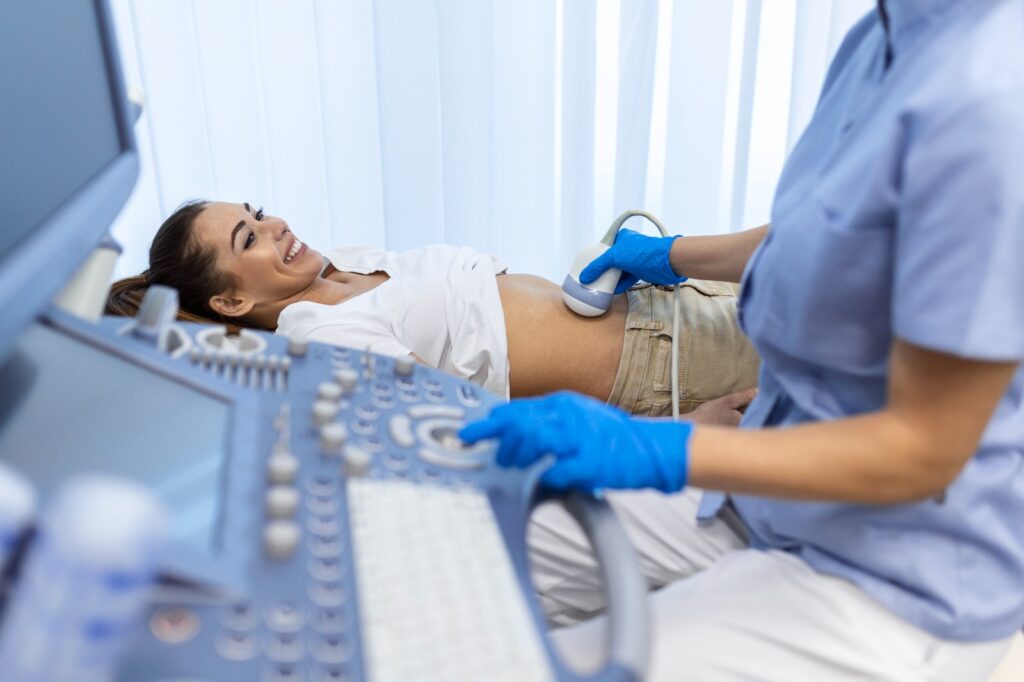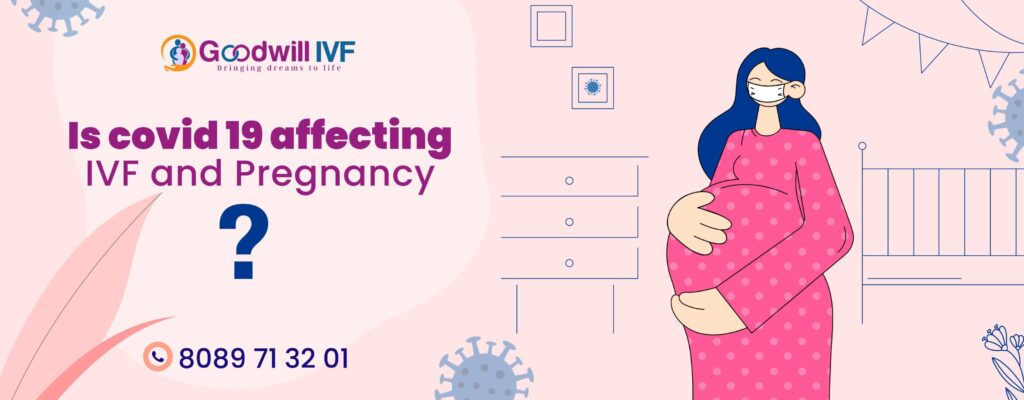If you are a woman of reproductive age and recently came across the term ‘hysterectomy’, or you might have been advised to undergo it by a doctor but are not sure about the process and need to comprehend it, then you are looking at the right place.
Here are the facts related to hysterectomy-
It is the second most common surgical procedure performed on women of reproductive ages, after caesarean section.
To simplify it, let’s start by dissecting the word itself. Hysterectomy is formed from the Greek word ‘hustera’ (meaning womb) and the English word ‘-ectomy’ (meaning to take out surgically).
To put it simply, it is a procedure where the uterus or the cervix, depending on the case is removed surgically.
Why you might need a Hysterectomy?
If you have any of the following signs you might require a hysterectomy.
- Abnormal or heavy vaginal bleeding, if not manageable by other treatment methods.
- Painful menses that is again untreatable by other treatment methods.
- Non-cancerous tumors like leiomyomas or uterine fibroids.
- Cervical or uterine cancer or abnormalities that may lead to cancer.
- Increased pelvic pain related to the uterus.
- Cases like uterine prolapse where the uterus has dropped into the vaginal canal due to weak muscle support. This can lead to urinary incontinence(leaky bladder due to loss of bladder control) or difficulty with bowel movement.
- Adenomyosis, hyperplasia, or recurrent uterine polyps.
What are the different types of Hysterectomies?
There are four types of hysterectomies:
- Total hysterectomy- removal of uterus and cervix, without removing ovaries.
- Supracervical hysterectomy- Removing just the upper part of your uterus while leaving your cervix.
- Total hysterectomy with bilateral salpingo-oophorectomy- Removing uterus, cervix, fallopian tubes (salpingectomy), and ovaries (oophorectomy). If one hasn’t experienced menopause, removing the ovaries will start menopausal symptoms.
- Radical hysterectomy with bilateral salpingo-oophorectomy: The removal of the uterus, cervix, fallopian tubes, ovaries, the upper portion of your vagina, and some surrounding tissue and lymph nodes. This type of hysterectomy is performed when cancer is involved.
There are four different techniques to perform hysterectomies:
- Vaginal hysterectomy– It is considered in case of uterine prolapse and other nonmalignant (non-cancerous) conditions. The uterus is removed through an incision at the top of the vagina. There is no external incision. Dissolvable stiches are place inside. Complications are rare and recovery is quick. The patient is discharged on the same day.
- Laparoscopic hysterectomy- A thin tube with a video camera at its end (known as a laparoscope) is inserted into the lower abdomen through a small incision near the belly button. Similar incisions are made for surgical tools too. The uterus is removed in small pieces through the incisions or the vagina. Again recovery is quick and the patient is discharged on the same day.
- Robotic-assisted laparoscopic hysterectomy- It is similar to laparoscopic hysterectomy. A robotic machine is used to perform the surgery. Five incisions are made around the belly button. Surgical tools and a laparoscope are inserted through them. the recovery is as in laparoscopic surgery.
- Abdominal hysterectomy- This method is used in case of cancer. The uterus is removed through a 6-8 inch long incision in the abdomen. The incision is made either from the belly button or through the pubic bone or across the top of your pubic hairline. The incision is closed using staples or stitches. The recovery takes long and the patient needs hospitalization.
Depending on the scenario the doctors will decide on proceeding with the hysterectomy under local or general anesthesia. This will be discussed with the patient before the surgery. The surgery may last for one to three hours.
Usually, the recovery time is six weeks but it will vary from case to case.
Concerned about side effects?
Yes! There are side effects to this surgery and the doctor will weigh them before considering it. Only if nothing else works, a hysterectomy is considered and it is the last option on the table.
Side effects like vaginal drainage and irritation at the incision sites will last for almost six weeks. Other than that hot flashes, vaginal dryness, loss of libido, and insomnia may be experienced.
After the hysterectomy, one won’t be able to conceive forever. The patient goes through menopause.
What are the complications of a hysterectomy?
There is a rare chance that one might encounter the following complications:
- Blood clots.
- Severe infection.
- Bleeding.
- Bowel blockage.
- Torn internal stitches.
- Urinary tract injury.
- Issues related to anesthesia.
This might lead to thinking that one may not enjoy sex as before, but it’s quite untrue. The ability to feel and enjoy sex and orgasm remains the same as before.
With all this in mind, the Goodwill IVF center, the best infertility hospital in Kerala with its world-class diagnostic and treatment equipment and efficient team of experts can help you get through this phase of difficulty smoothly.
There, the success rate with Infertility treatments is on the rise which is contributing to the IVF success rate in Kerala.
At Goodwill IVF center, they have the best gynecologists and surgeons who will diagnose and discuss all the treatment options for your condition and guarantee your healthy tomorrow.
At Goodwill IVF Center, leave your stress to the experts because there you are in safe hands!


